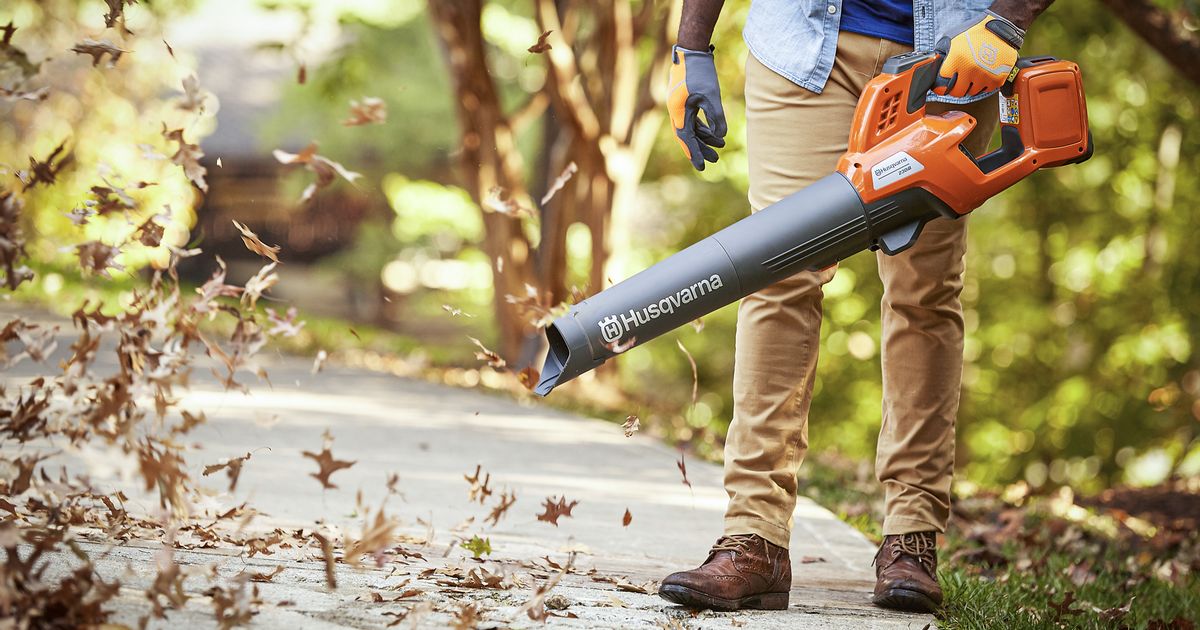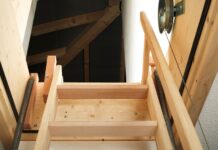Fall is a beautiful time of year. At least until you realize just how many leaves you have to clean up. Unless you’d like to grab a rake and spend hours raking up the golden brown leaves, you’re going to want to get yourself a leaf blower.
As you know, not all leaf blowers are the same, and with so many options to choose from, it can be hard to find the perfect one. To help you narrow down your choices, we’ve prepared a small guide for the best leaf vacuum mulchers. We’re going to tell you just what you need to look for in a leaf blower, including just how powerful you’d want it to be.
What Do You Need?
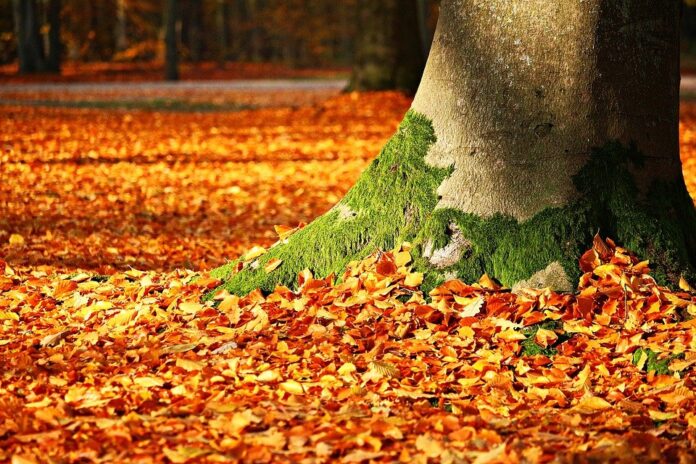
The first thing you need to do is assess your needs. Ask yourself – how big is your yard? Do you have many trees? Do you need to clean it all up? Do you or your neighbours mind the noise? What’s your budget?
All of these questions should be answered before you even start looking for a new leaf blower. If you don’t do this – you’ll never find the perfect one.
What Types Of Leaf Blowers Are There?
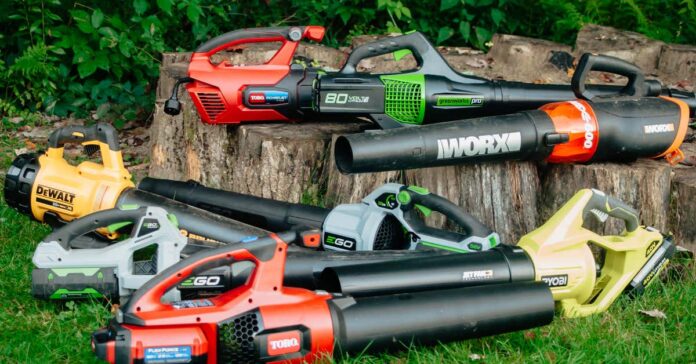
Generally speaking, the leaf blowers can either be gas-powered, electric and cordless, battery-powered ones. But aside from that, they can also be handheld, backpack and walk-behind blowers.
First up, let’s talk about gas-powered blowers. They are usually the most powerful ones, designed and built for large backyards. They are also your best option if you have to deal with wet, stuck leaves or a large amount of them. However, the drawback of this power is high maintenance and an ear-piercing level of noise.
Electric blowers are your standard, corded blowers that require to be plugged in if you want to use them. They can be quite powerful, but they’re not quite ideal for large backyards unless you have a really long extension cord. They’re not as loud or high-maintenance as gas-powered ones, and they’re as lightweight as they come, making them ideal for small yards and quick clean-up jobs.
Finally, cordless flowers are semi-powerful, and they’re powered by a battery. They are quite useful if you don’t want to worry about maintenance but might have to worry about replacing batteries mid-way through the job if you have a large backyard.
As for the handheld leaf blowers, they’re the most popular options amongst homeowners, mostly because they’re lightweight and ideal if you just need to clean your driveway or a path through your backyard.
Backpack blowers are quite powerful, and even though they’re not as portable as the handheld ones, they are still quite comfortable to use.
And finally, walk-behind blowers are the ones that you ride, sort of like a snowblower.
They’re the easiest to use and are ideal for large backyards. As far as power goes – these are the most powerful ones you can come across.
How Much Power Should You Want In A Leaf Blower?
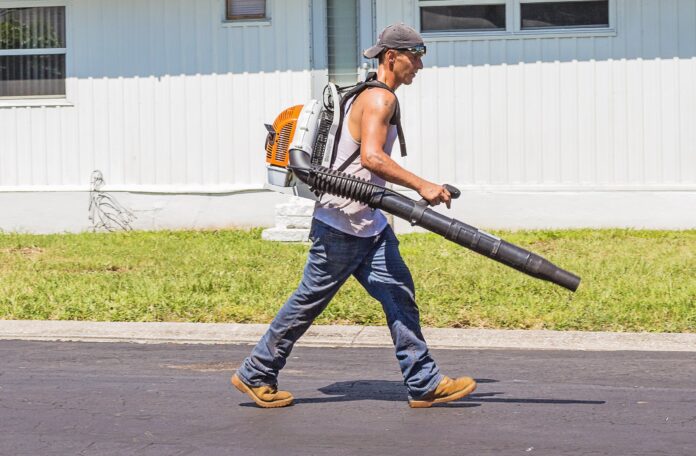
Well, there is no straight answer to this question. You can’t compare a backpack leaf blower to a walk-behind one or a handheld one. Also, term power is not what you should be thinking about when shopping for something like this. Instead, you’ll want to look for CFM and MPH.
CFM stands for cubic feet per meter, and it is a measure of how much air can leave the blower in one minute. MPH stands for miles per hour, which is pretty self-explanatory.
When it comes to CFM and MPH, one does not really work without another. The combination of these two is what makes a leaf blower powerful, and it is wrong to look at one without the other. However, these can’t come out of anywhere. The more CFM and MPH the blower has, the heavier and louder it will be. But, enough of that – let’s take a look at just how much “power” you need.
Handheld Leaf Blowers
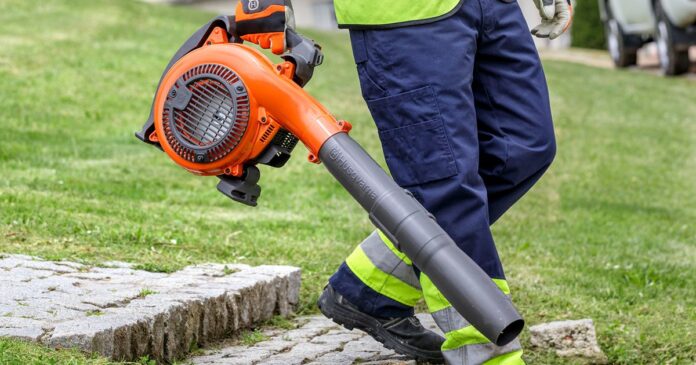
Let’s begin by discussing the handheld ones. They’re the easiest ones to move around, but that doesn’t mean that they can’t pack quite a punch. On average, you can find a handheld blower anywhere from 225 CFM at 60 MPH, all the way to 600 CFM at 270 MPH. If you remember what we were saying a while ago, the more powerful models will be the ones with a cord since gas-powered handheld models aren’t particularly popular.
Ideally, we’d say look for anything around 400-500 CFM at around 180 MPH. That should get the job done.
Backpack Leaf Blowers
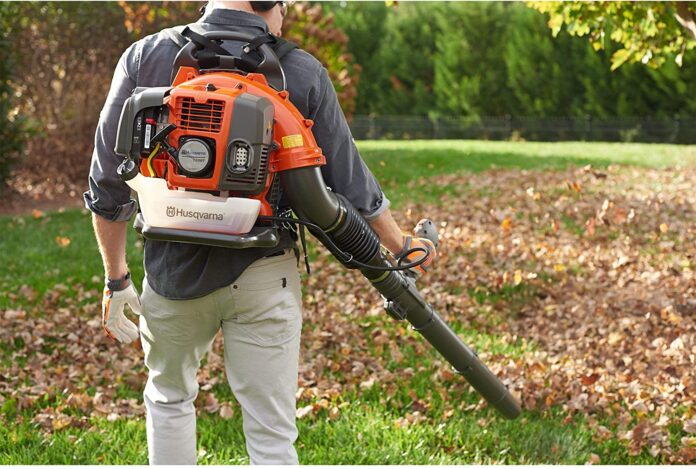
For the bigger, slightly heavier machines like backpack blowers, you’ll want to look for a little bit more juice. These machines are equally as portable as the handheld ones and are arguably easier to handle, despite being more powerful.
On average, backpack leaf blowers range from 500 CFM AT 140 MPH models to about 600 CFM at 200 MPH. Some models can even develop speeds of up to 250 MPH, but we don’t really see the point in getting a blower such as that one.
Ideally, you’ll want something around 600 CFM at 180 MPH.
Walk-behind Leaf Blowers
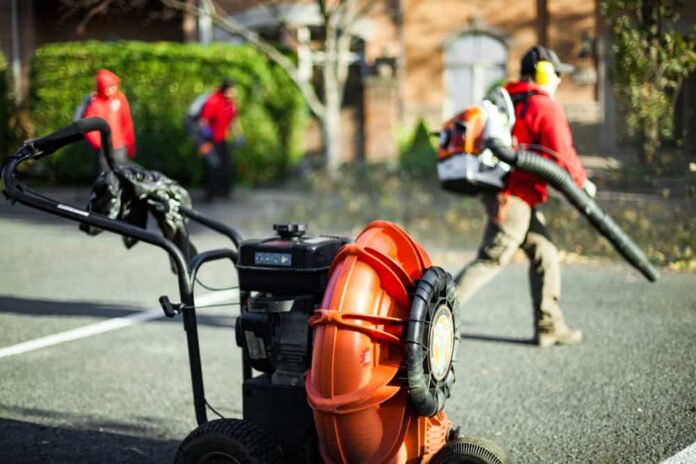
Walk-behind leaf blowers aren’t for everyone. Not only are they the most powerful of the bunch, but they’re also the biggest and most power-hungry. They are simply not made for every environment. To make the most out of this machine, you’re going to need a very big, open space. Otherwise, you’re going to be wasting all that CFM and MPH that comes along with it. When it comes to these ones, most of them are at around 200 MPH, but CFM can vary by quite a bit. It can be as low as 900 CFM and as high as 2600.
Final Thoughts
As you can see, it all depends on what kind of leaf blower you have and what you plan on using it for. You can’t really put a number on just how much power you need, but what you can do is follow the outlines we’ve presented you with, and you will be more than satisfied with your new leaf blower.

